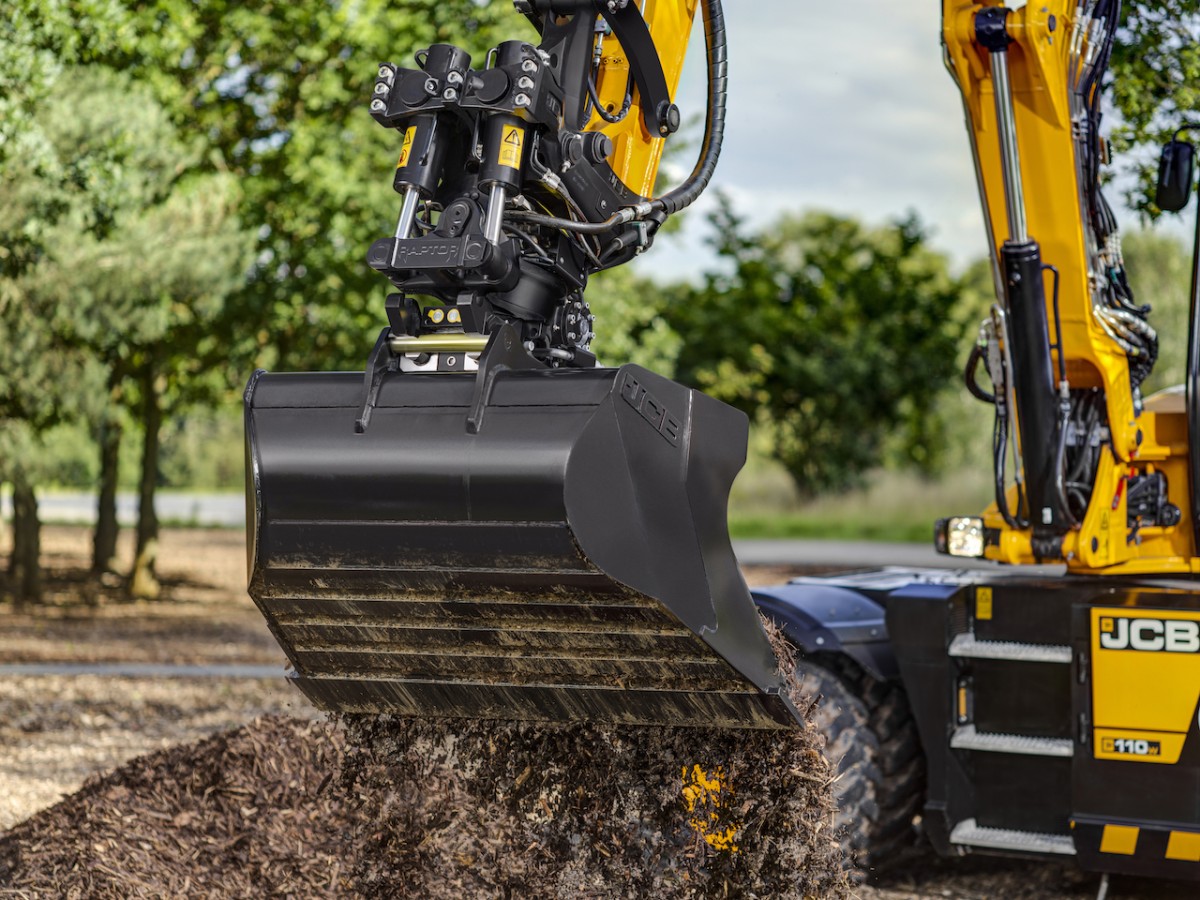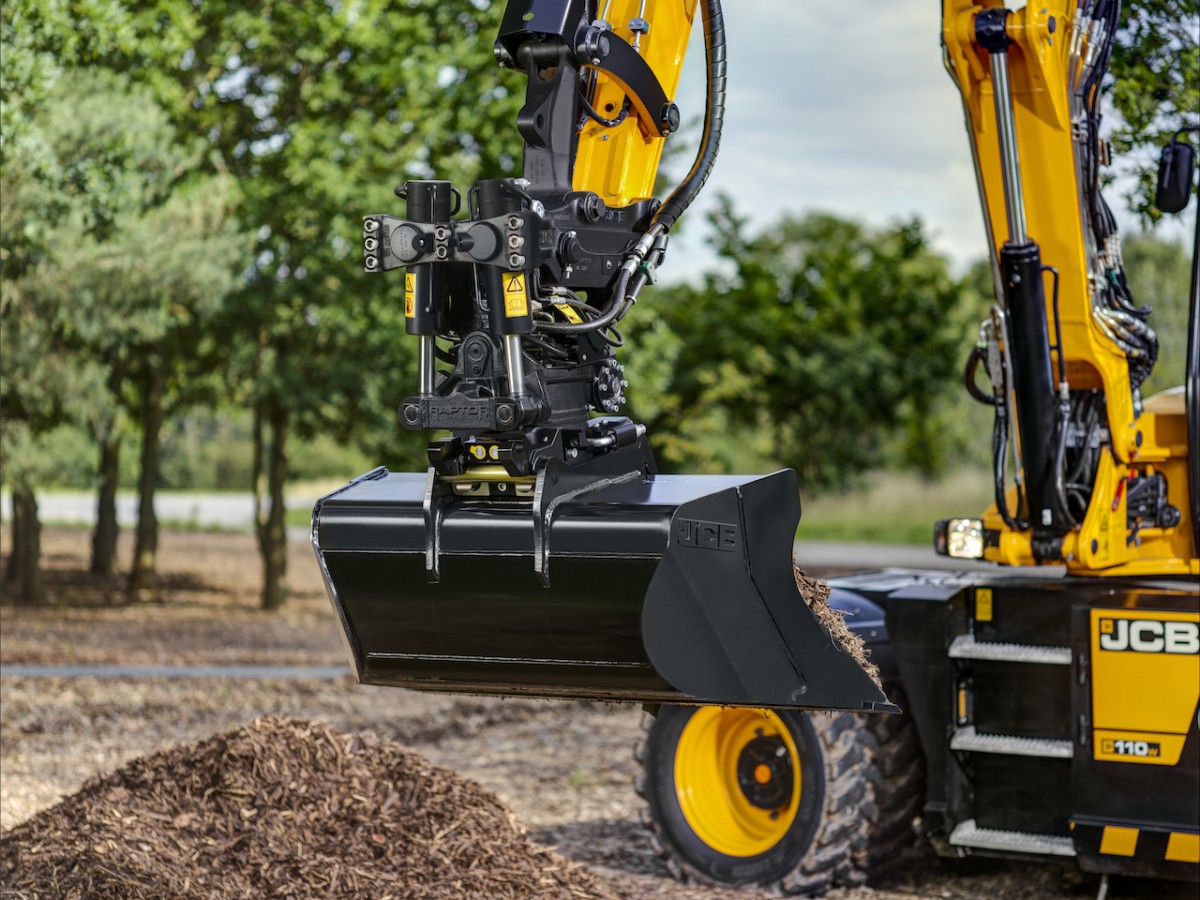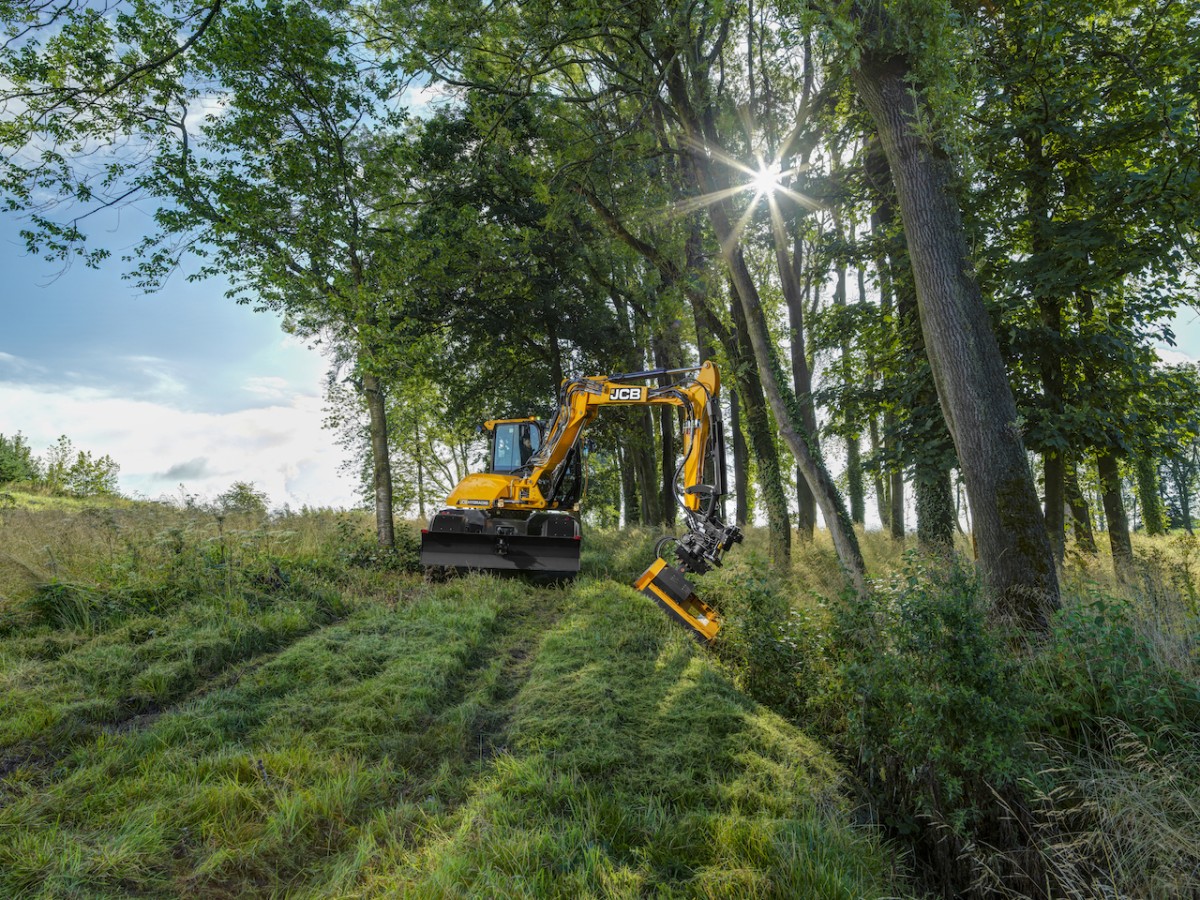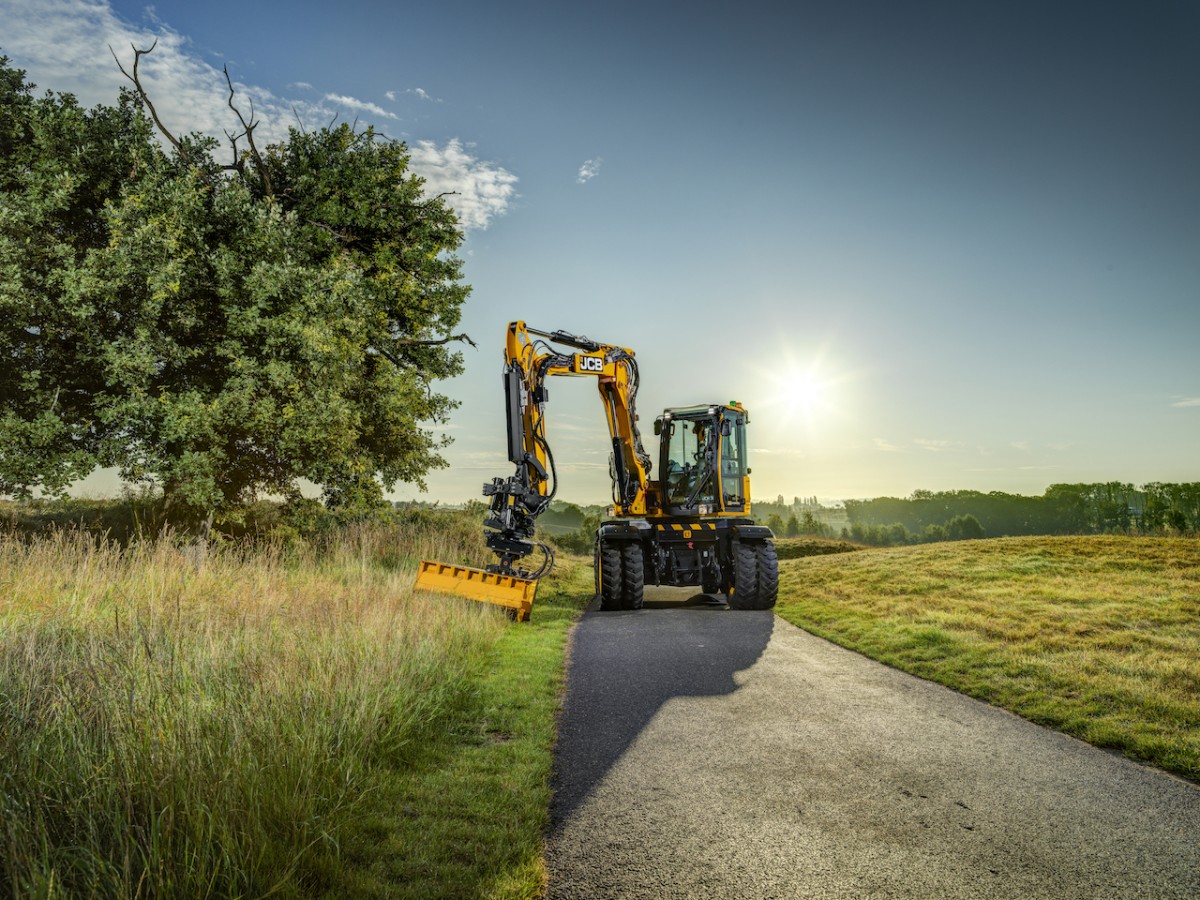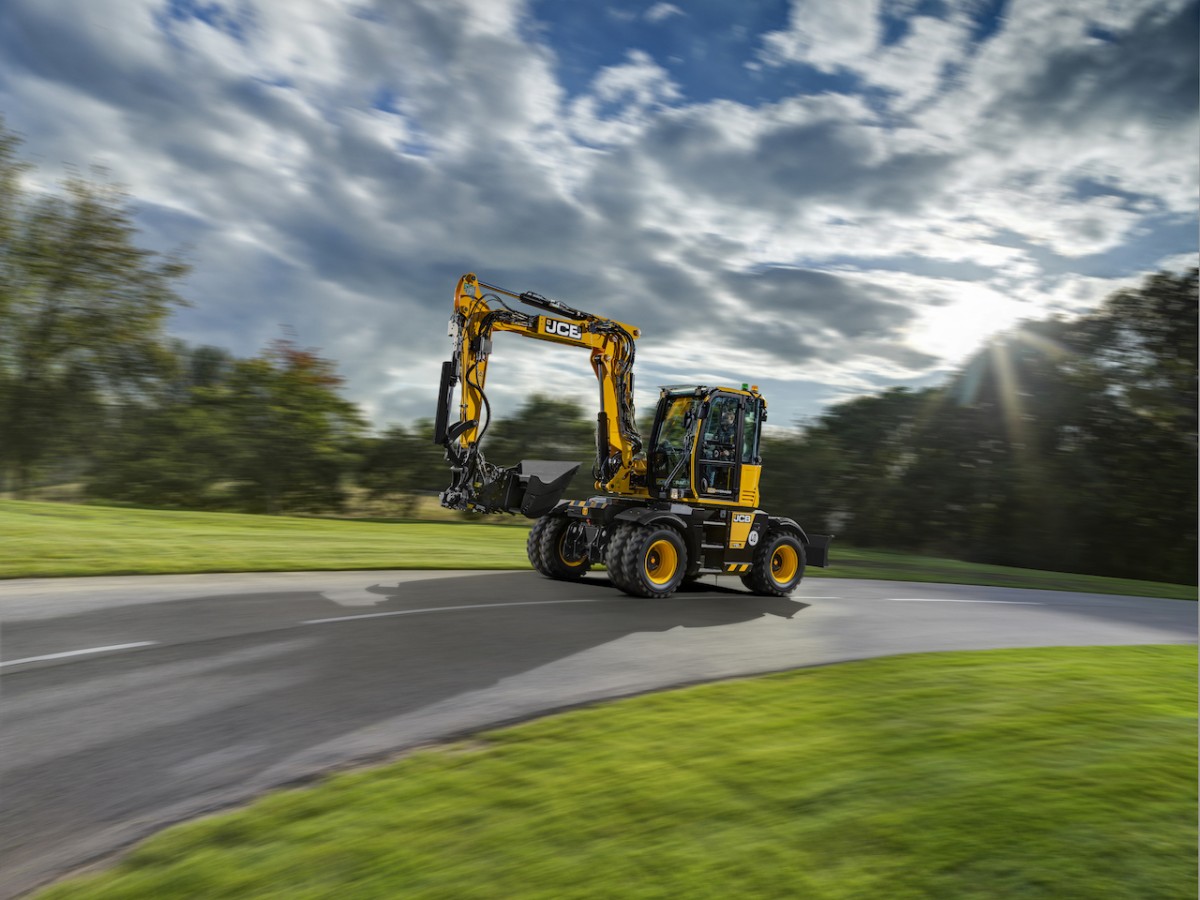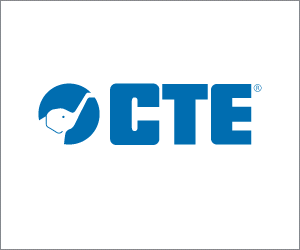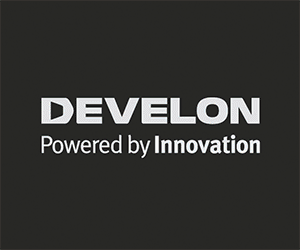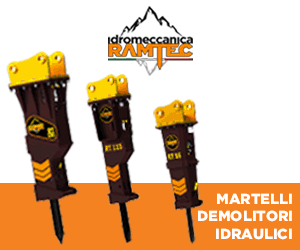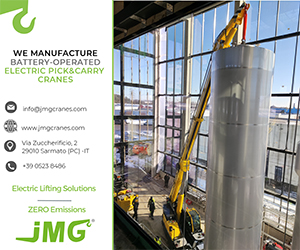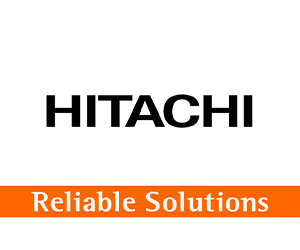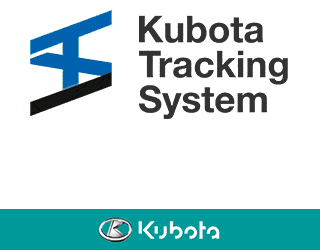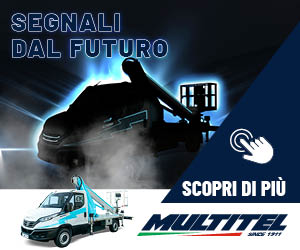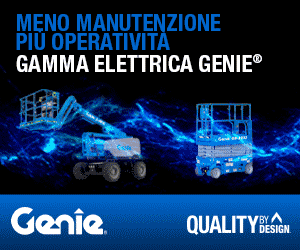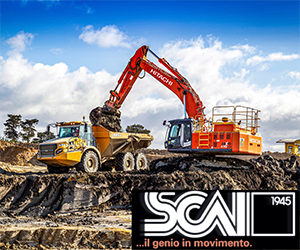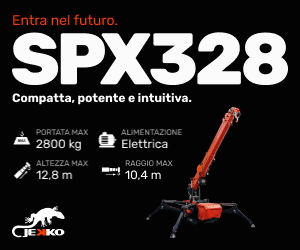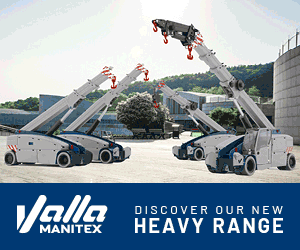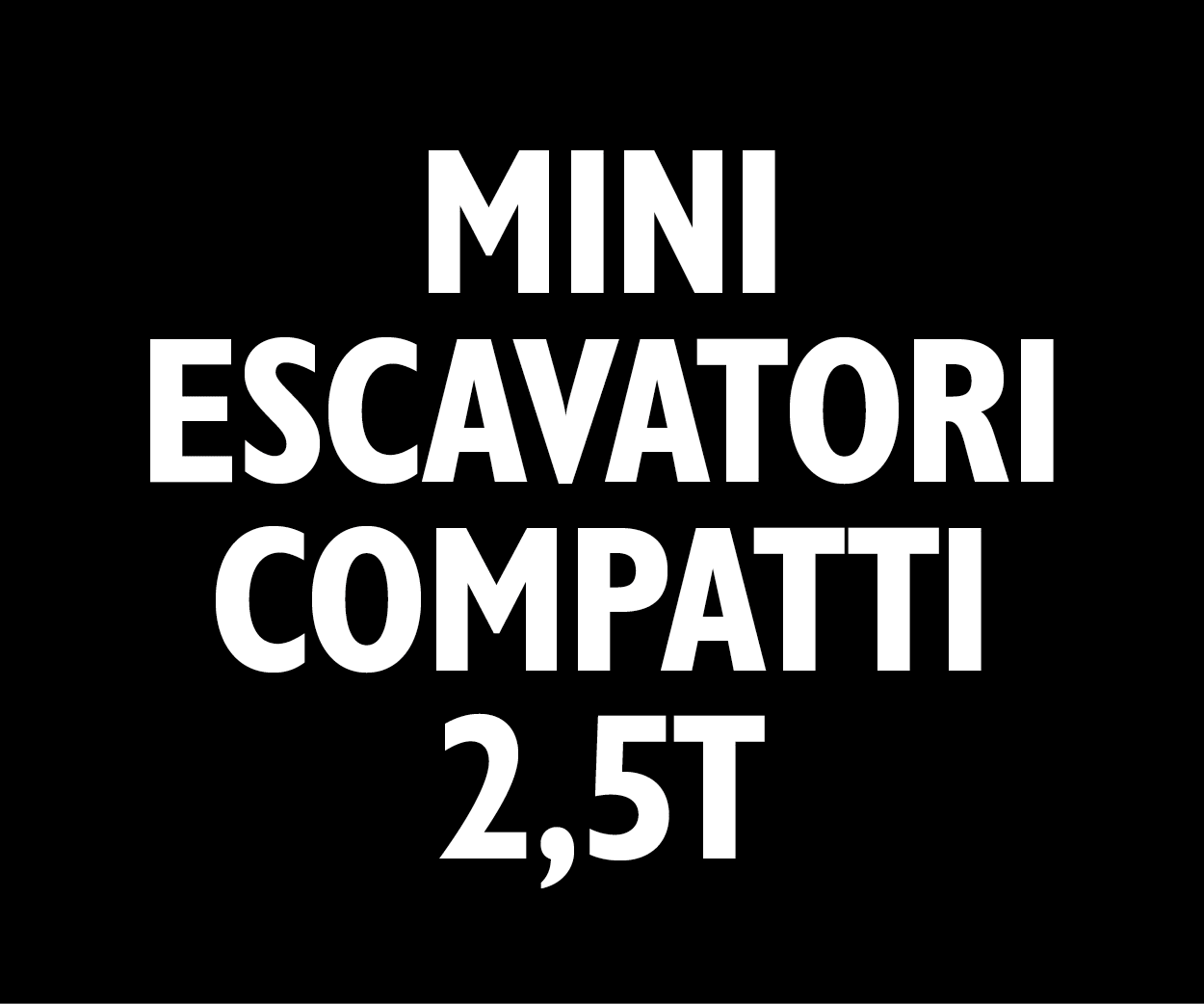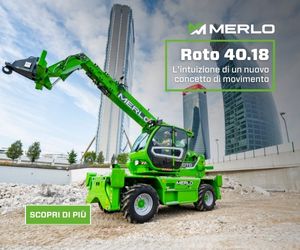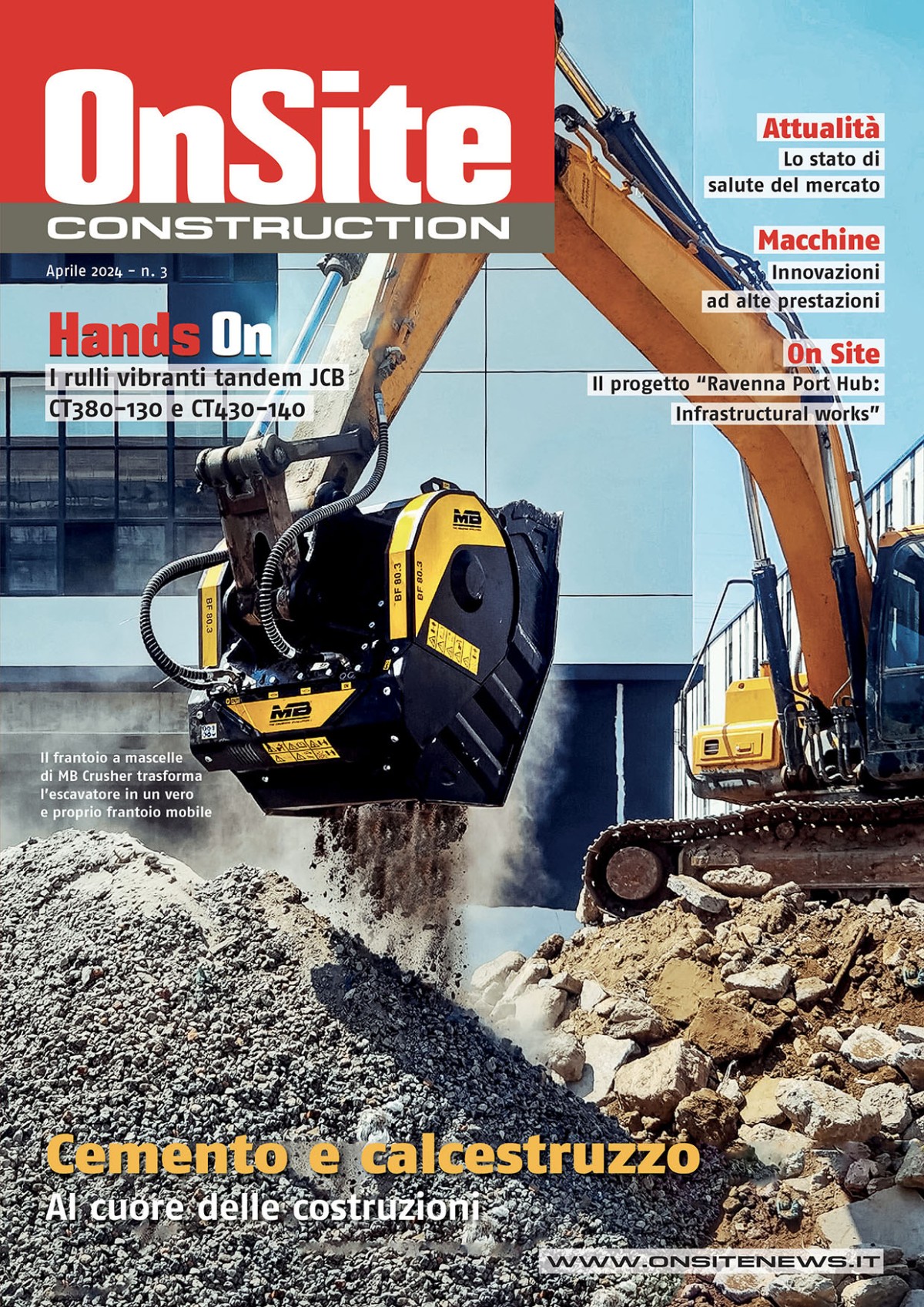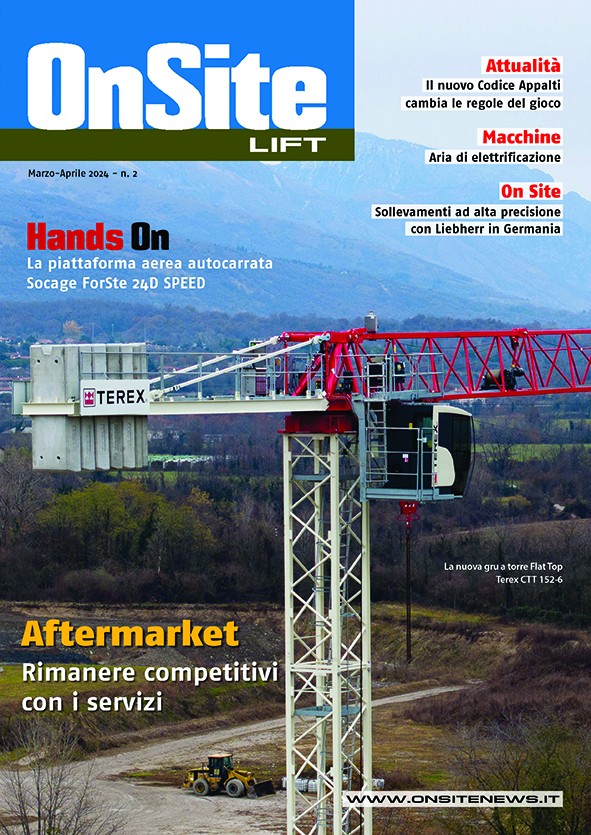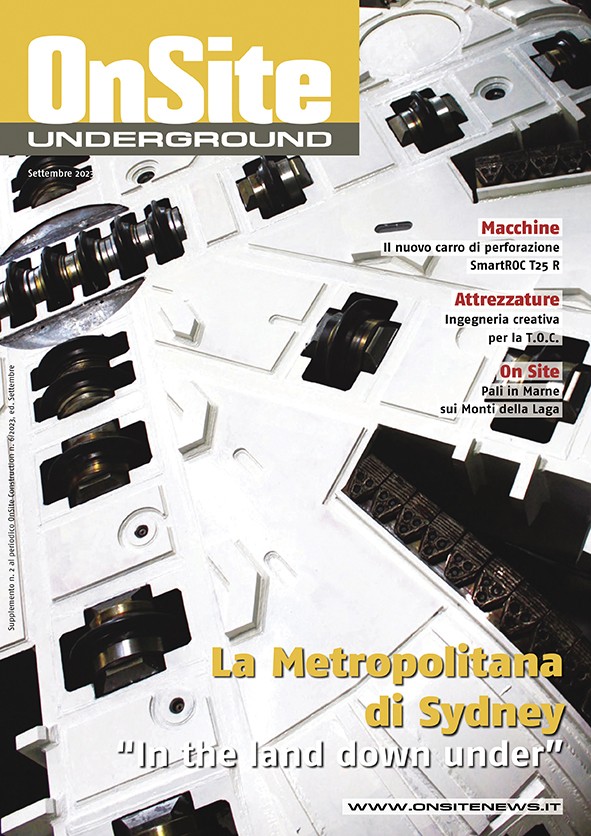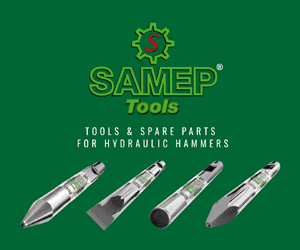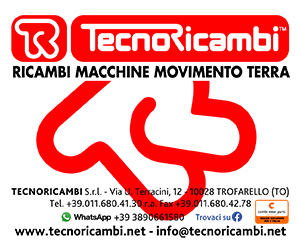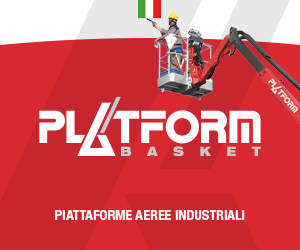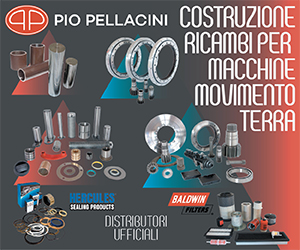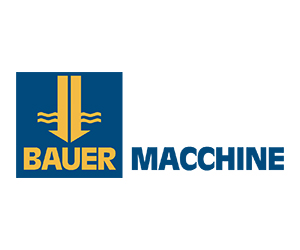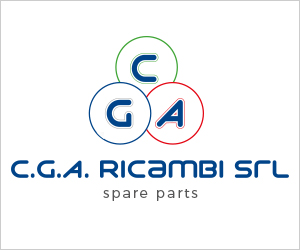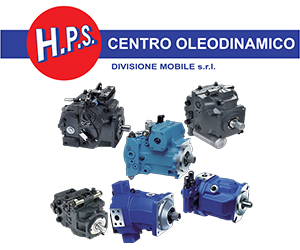Home \ International \ JCB adds raptor Tilt-Rotator to Hydradig options list
JCB adds raptor Tilt-Rotator to Hydradig options list
07/05/2024
Pubblicato da Ettore Zanatta
JCB has unveiled a brand-new tilt rotator designed specifically for the JCB Hydradig.
JCB has unveiled a brand-new tilt rotator designed specifically for the JCB Hydradig. Known as the JCB Raptor, key features include: 460mm width provides increased visibility and control from the cab; Best-in-class 2.9kNm of tilt torque; 120 litres/min high flow through the centre of the tilt-rotator, allowing 360° rotation of flow demanding attachments; Optimised for JCB machines, with fully customisable key control and integration into the standard machine display; Repositioned, more robust hydraulic rams, reduce the risk of damage in operation.
The JCB Raptor tilt-rotator offers up to 45° of tilt angle and a rotation speed of up to 8.5rpm. Maximum breakout torque is 67kNm, rotation torque is up to 5.4kNm and the attachment delivers 2.9kNm of tilt torque. The tilt-rotator can be direct mounted to the dipper, or mounted to an S45 or S50 sandwich hitch and is offered with or without a gripper attachment.
The control system allows for increased customisation of machine controls and hydraulic performance. Operators can assign preferred functions to selected buttons and rollers, with the option to invert the movement if preferred. Customers can alter the speed of hydraulic flow delivery of all auxiliaries, as well as tilt and rotate functions.
The system permits up to five control profiles to be set, to allow for various operators or to allow the same operator to pre-set different functions depending on attachment and application. The tilt-rotator is equipped with two angle sensors for tilt and rotate. This allows the machine to determine the angles that the attachment is operating with at any given time, which in turn enables zeroing and limiting features. Zeroing allows the customer to set a new zero, or default position for the tilt and rotate functions. This provides a reference point to work from and monitor using the clinometer. Limiting is unique to the rotate function and it allows the operator to set an electronic limit on how far the equipment will rotate.
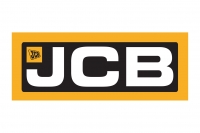
Ultime notizie di JCB
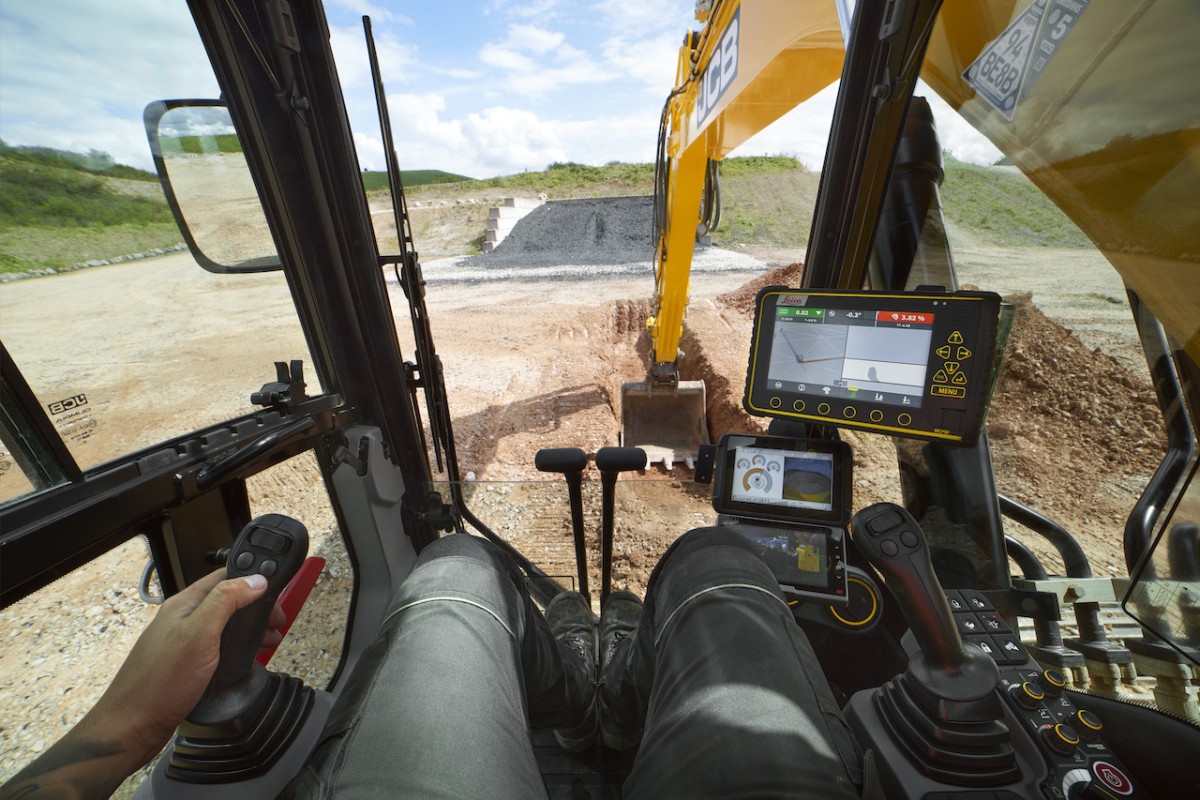
Components
03/05/2024
JCB: New factory-fitted machine control solutions launched
JCB and Leica Geosystems, part of Hexagon, today announced t...
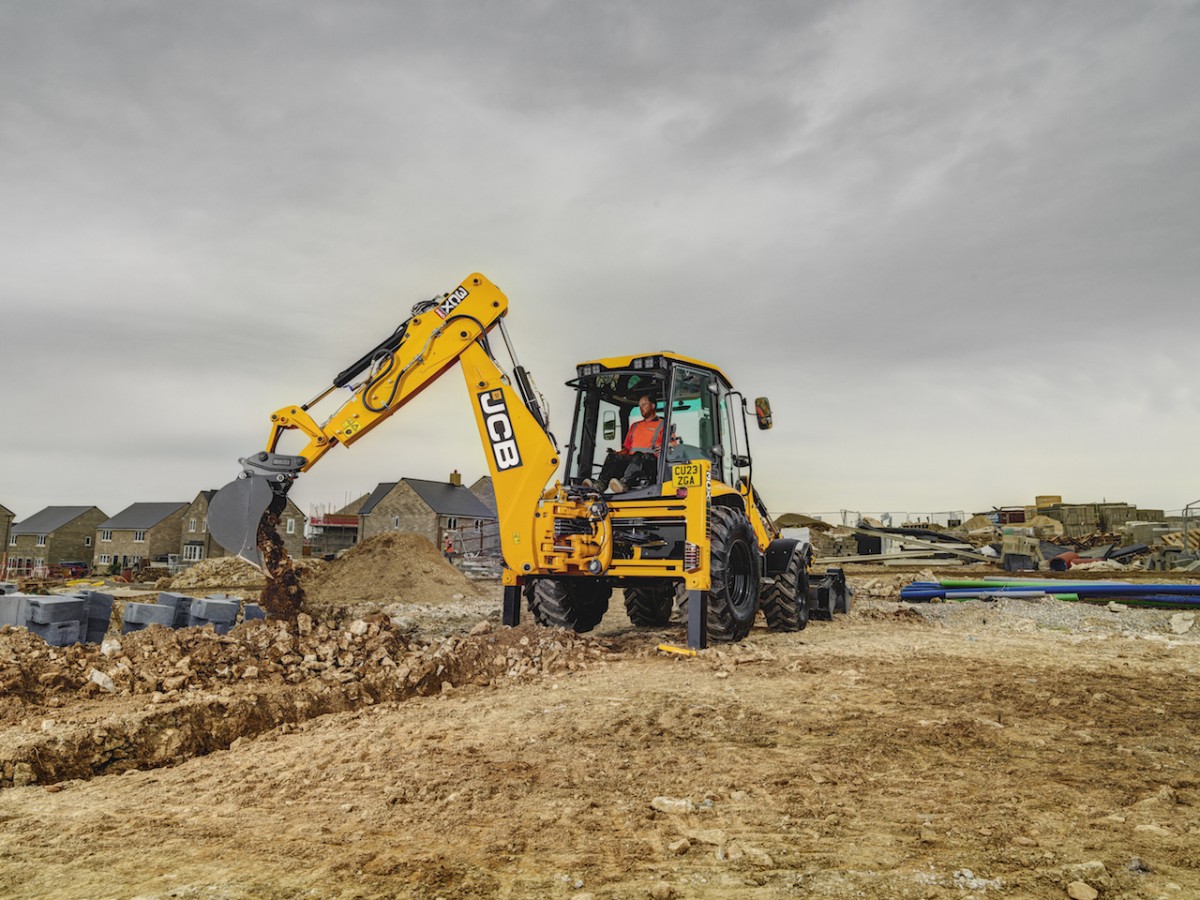
Earthmoving Machinery
30/04/2024
JCB's new generation backhoes bring greater levels of versatility
JCB unveils a number of key improvements to its backhoe load...
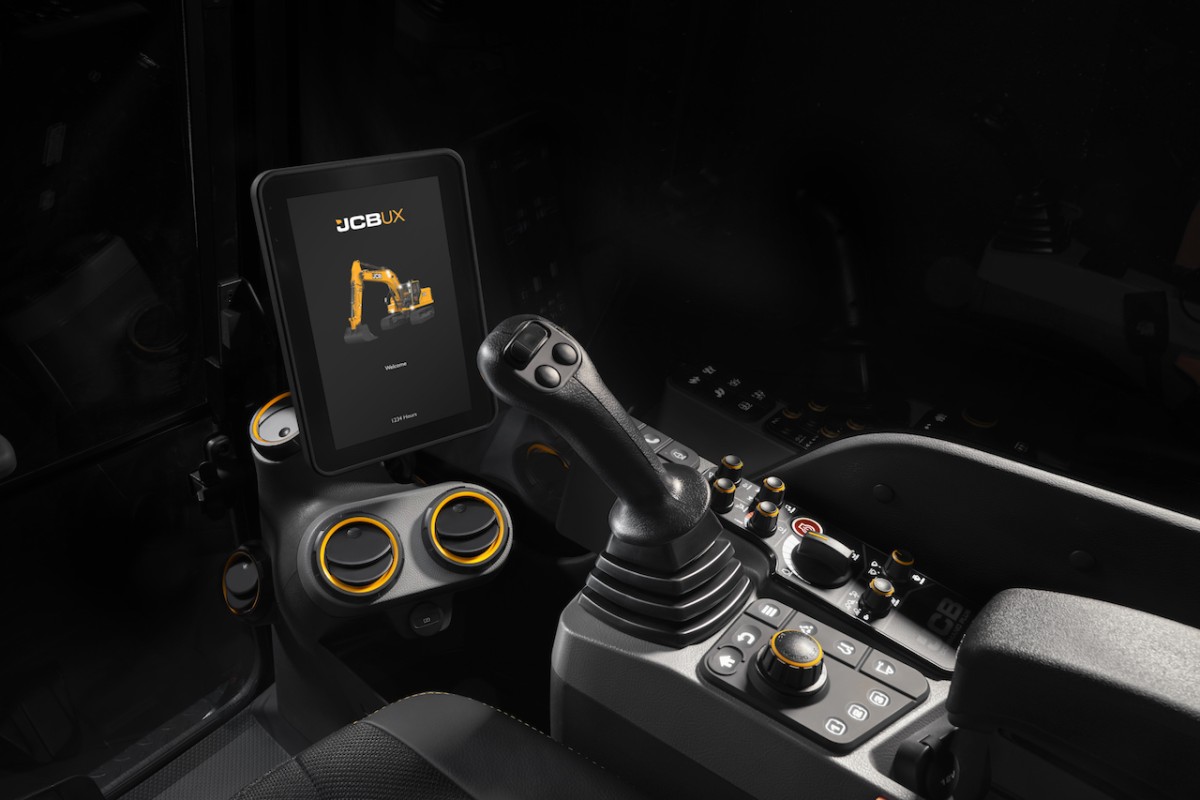
Earthmoving Machinery
29/04/2024
JCB updates X Series excavators with the launch of JCB UX
JCB has updated the interior of the X Series excavator opera...
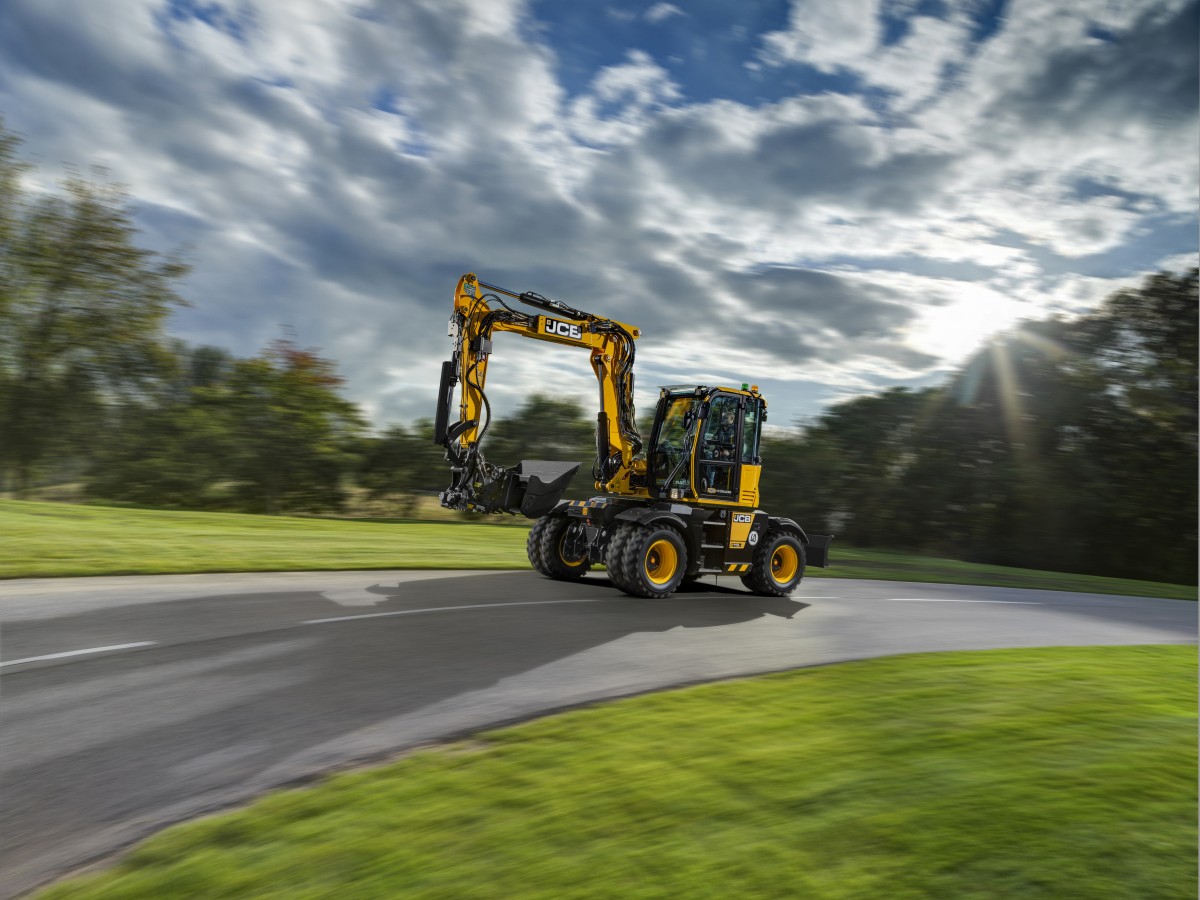
Earthmoving Machinery
23/04/2024
JCB expands Hydradig line-up with Plus and Pro models
JCB is meeting the needs of customers across every industry...
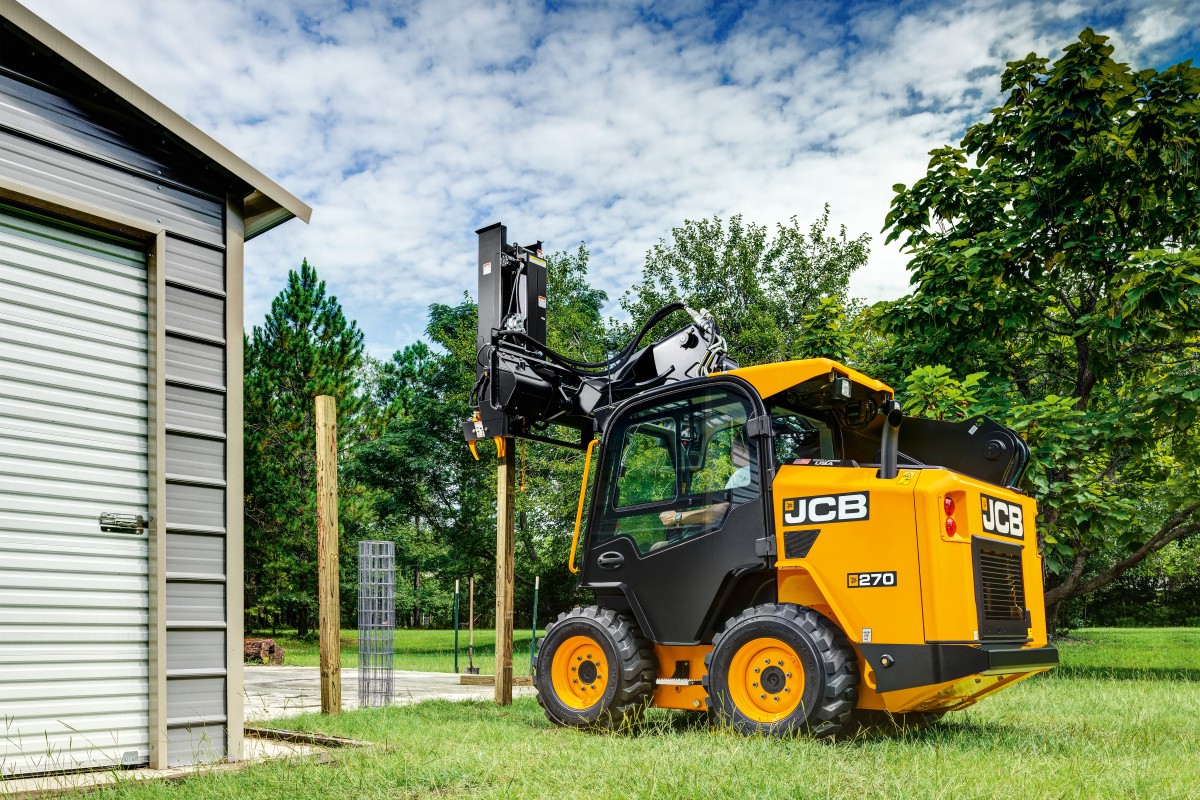
Earthmoving Machinery
18/04/2024
JCB: Stage V Powertrain for large platform Skid Steer Loaders
JCB has launched EU Stage V compliant versions of its large...
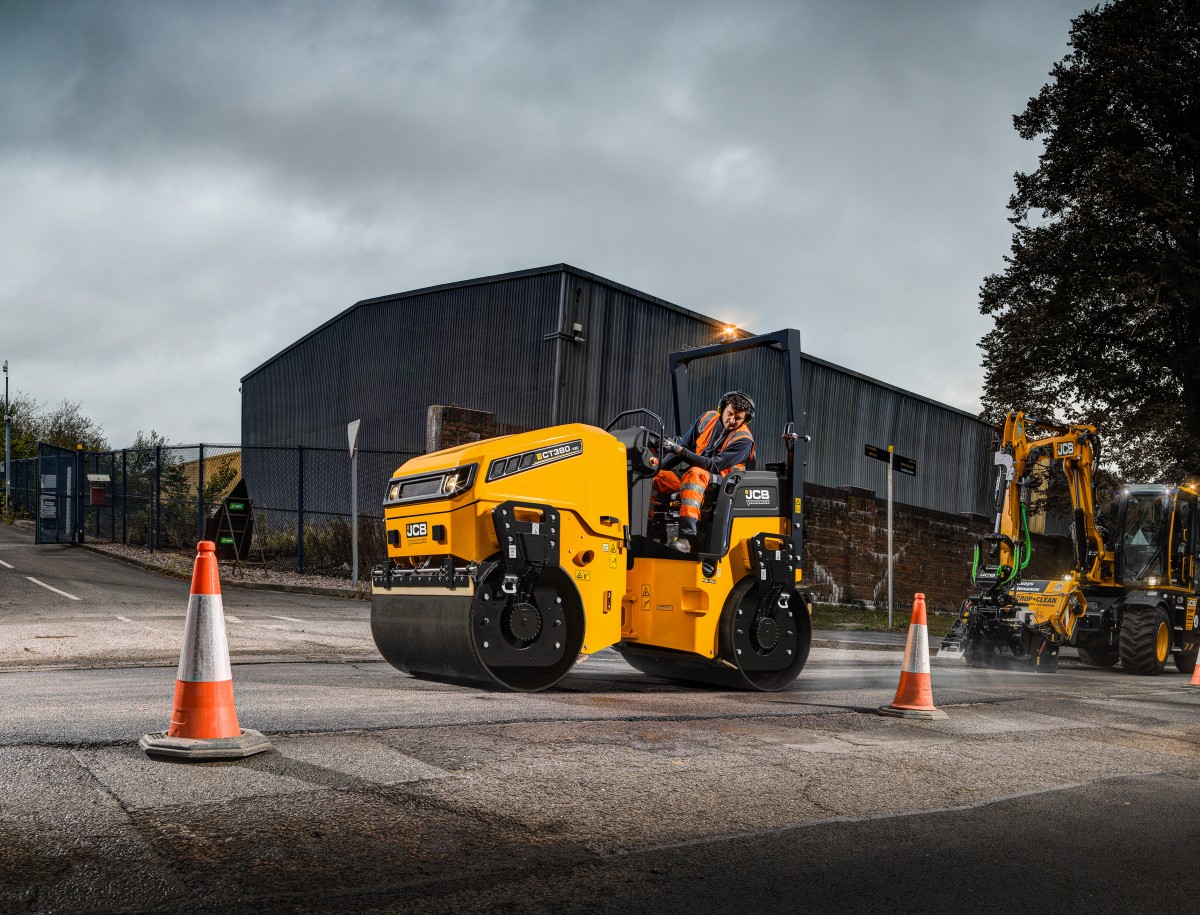
Road Machinery
15/04/2024
JCB completes ride-on tandem roller range with CT380/430
Global equipment manufacturer JCB has added the CT380-130 an...
Altri International
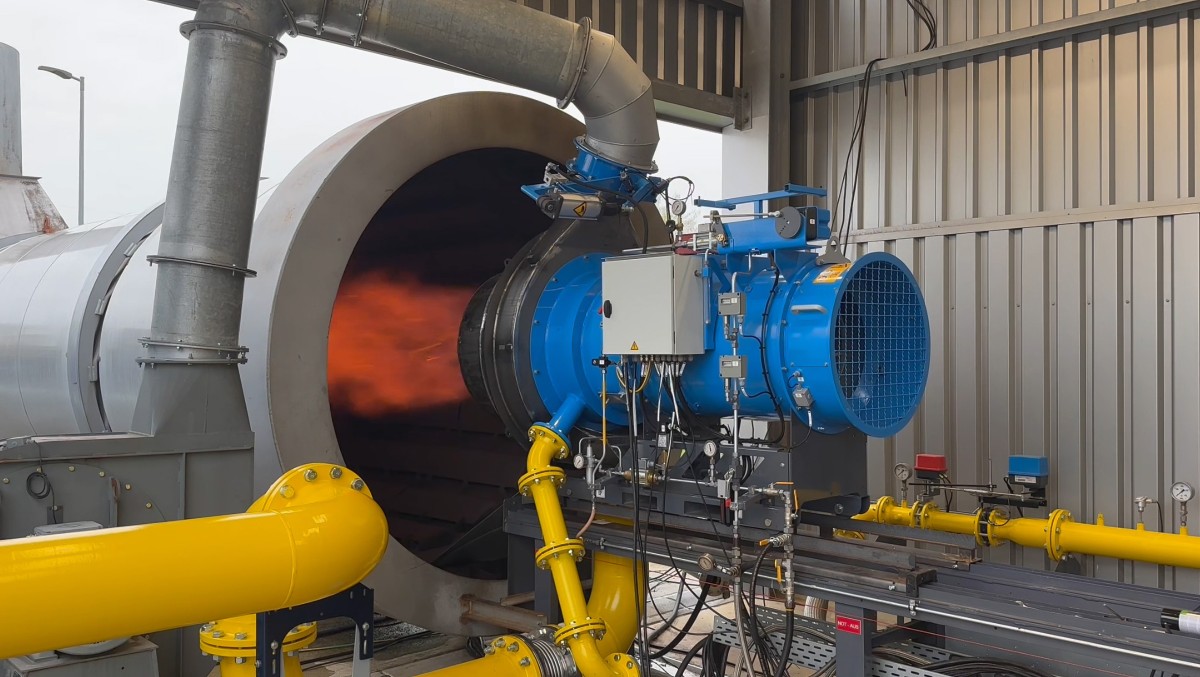
International
07/05/2024
Benninghoven: 100% green hydrogen system for road construction
Benninghoven presentes a new burner generation allows for ev...
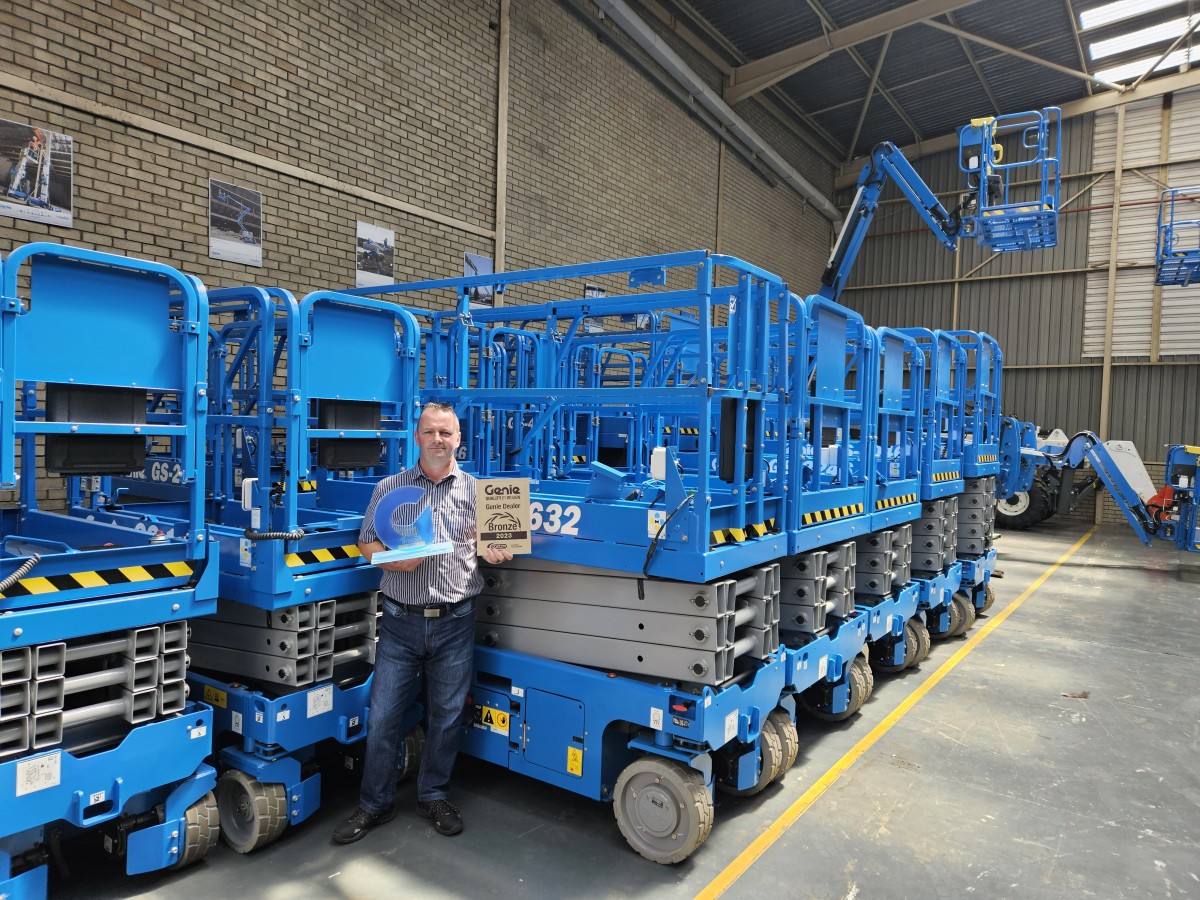
International
06/05/2024
Genie Recognizes Six European and East Dealers with Dealer of the Year Awards
Strong Partnerships and a Commitment to Quality and Customer...
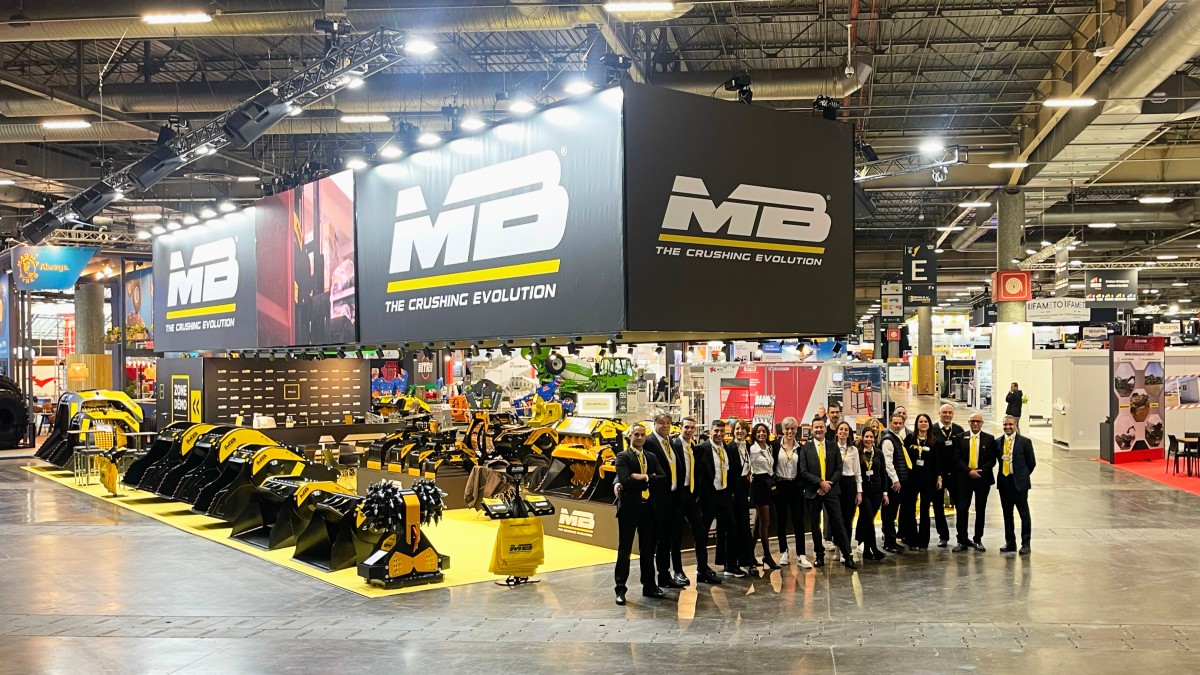
International
06/05/2024
MB Crusher has exhibited its equipments at Intermat 2024
MB Crusher has exhibited for the first time in full the rang...

International
03/05/2024
JCB: New factory-fitted machine control solutions launched
JCB and Leica Geosystems, part of Hexagon, today announced t...
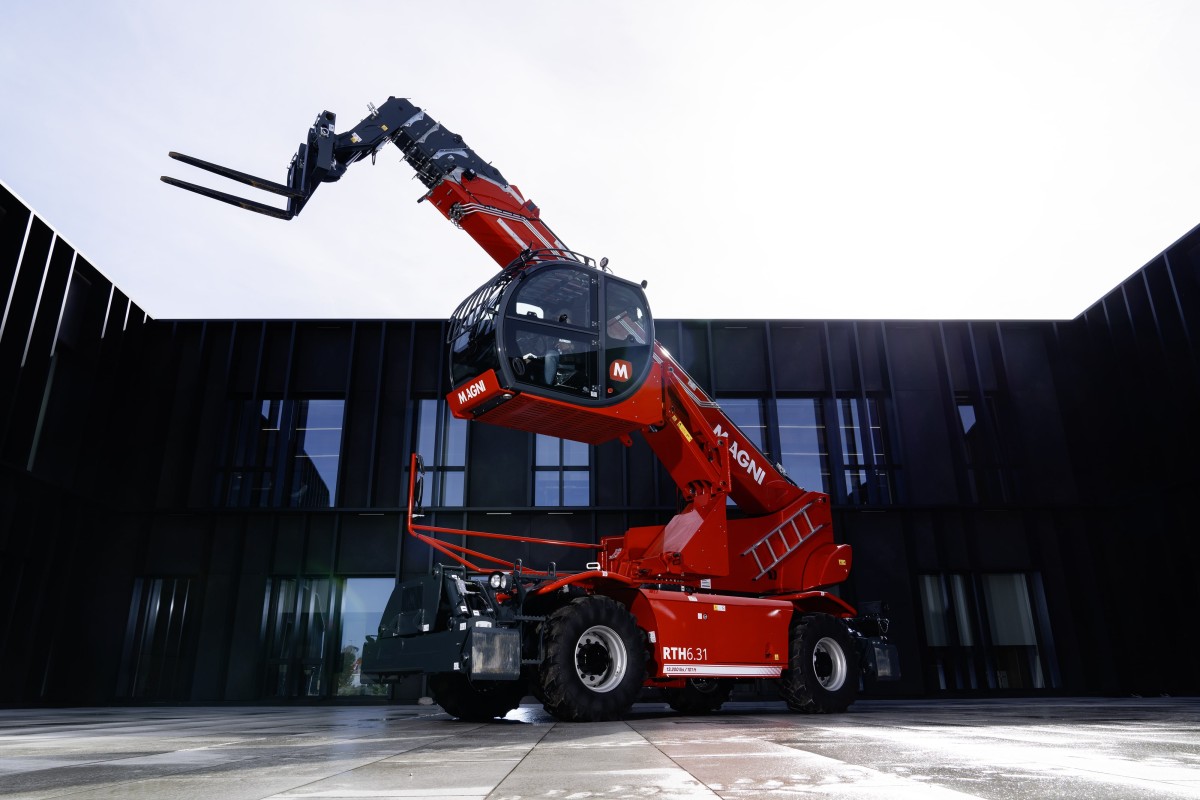
International
02/05/2024
Two winning pairs from Magni TH at Intermat 2024
Magni TH has chosen Interma for the unveil of two new telesc...

International
30/04/2024
JCB's new generation backhoes bring greater levels of versatility
JCB unveils a number of key improvements to its backhoe load...












